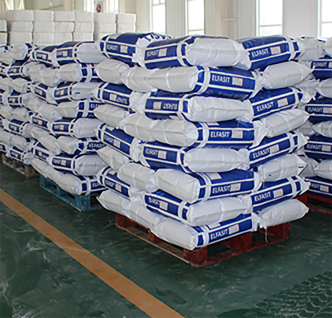
Kor . 27, 2024 11:02 Back to list
Trends and Factors Influencing Hydroxypropyl Methylcellulose Pricing in the Global Market
The Market Dynamics of Hydroxypropyl Methylcellulose (HPMC) Pricing
Hydroxypropyl Methylcellulose (HPMC) is a versatile cellulose ether primarily used in construction, pharmaceuticals, food processing, and other industrial applications. Its unique properties, including water solubility, film-forming ability, and thickening capacity, make it a critical ingredient in various formulations. As industries evolve and global supply chains fluctuate, the pricing of HPMC is influenced by a multitude of factors that stakeholders must understand to navigate this complex market.
One of the primary drivers of HPMC pricing is the cost of raw materials. HPMC is derived from cellulose, which is predominantly sourced from wood pulp or cotton. The pricing of cellulose can be impacted by factors such as deforestation regulations, changes in agricultural policies, and fluctuations in cotton prices. As demand for sustainable sourcing increases, the costs associated with environmentally friendly practices may also rise, leading to higher production costs for HPMC. This necessity for sustainable practices may, in turn, translate into increased prices for end-users.
The Market Dynamics of Hydroxypropyl Methylcellulose (HPMC) Pricing
In addition to demand and raw material costs, geopolitical factors and supply chain disruptions can significantly impact pricing. The COVID-19 pandemic revealed the vulnerabilities of global supply chains, causing shortages and increasing transportation costs. Furthermore, geopolitical tensions, trade tariffs, and restrictive trade policies can lead to additional costs that manufacturers and consumers may face, often reflected in the final price of HPMC.
hydroxypropyl methylcellulose price

Quality standards and regulatory compliance also influence HPMC pricing. As industries adopt stricter quality requirements, manufacturers may need to invest more in achieving these standards, which can elevate production expenses. For instance, pharmaceutical-grade HPMC must adhere to rigorous specifications laid out by agencies like the FDA. Compliance with such regulations necessitates additional testing and quality control measures that could be directly transferred into the pricing structure.
Another crucial factor affecting HPMC prices is technological advancements in production methods. While innovations can lead to more efficient production processes and reduced costs, they may initially require significant investment. Companies that invest in technology to enhance their manufacturing capabilities can ultimately reduce their operational costs; however, these expenses may initially result in higher prices for consumers until the benefits are realized.
Market competition also affects pricing dynamics. The HPMC market features various players, from small manufacturers to large multinational companies, each adopting different pricing strategies based on their production capabilities and market positioning. Competitive pricing can drive down prices in some instances, while monopolistic tendencies can lead to price hikes, emphasizing the importance of market structure in understanding price fluctuations.
In summary, the price of hydroxypropyl methylcellulose is a complex interplay of raw material costs, market demand, geopolitical influences, regulatory compliance, and technological advancements. As industries continue to evolve, stakeholders must stay informed of these market dynamics to make educated procurement decisions and to better anticipate future pricing trends. Understanding these factors is essential for businesses that rely on HPMC in their products, as it affects their cost structure, pricing strategies, and ultimately, their competitiveness in the market.
-
Unlocking the Benefits of HPMC Products: A Gateway to Versatile Applications
NewsAug.07,2025
-
Unleashing the Potential of HPMC Ashland: A Comprehensive Look
NewsAug.07,2025
-
Tile Bonding Cellulose: The Key to Superior Adhesion and Durability
NewsAug.07,2025
-
Hydroxypropyl Methylcellulose Powder: The Versatile Component in Modern Pharmaceuticals
NewsAug.07,2025
-
Hydroxyethyl Cellulose: The Versatile Solution for Various Industries
NewsAug.07,2025
-
Hydroxyethyl Cellulose (HEC): The Versatile Polymer for Various Applications
NewsAug.07,2025







